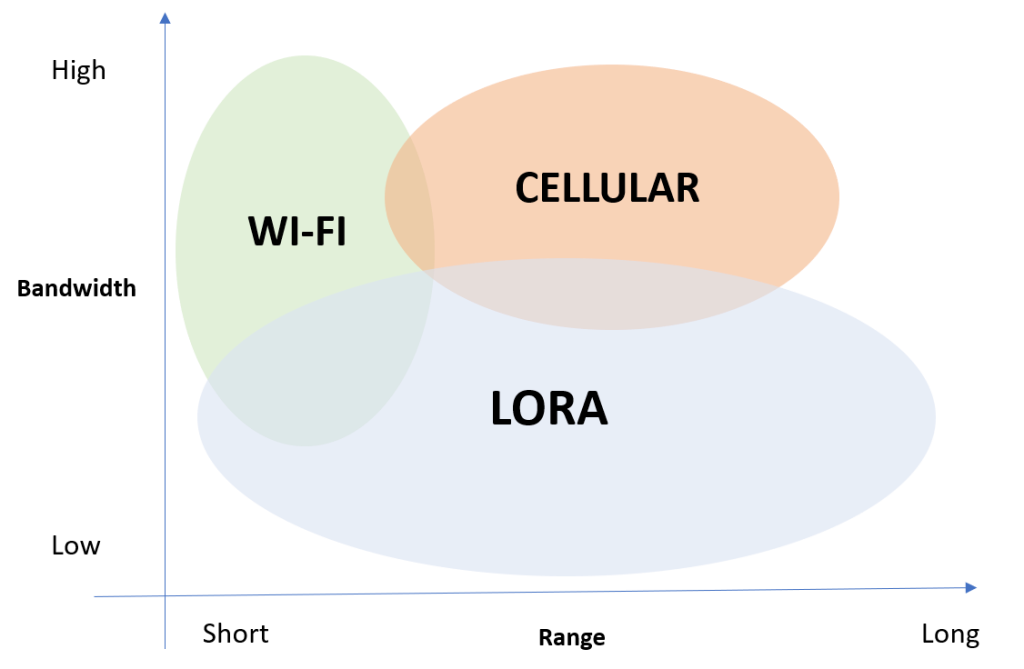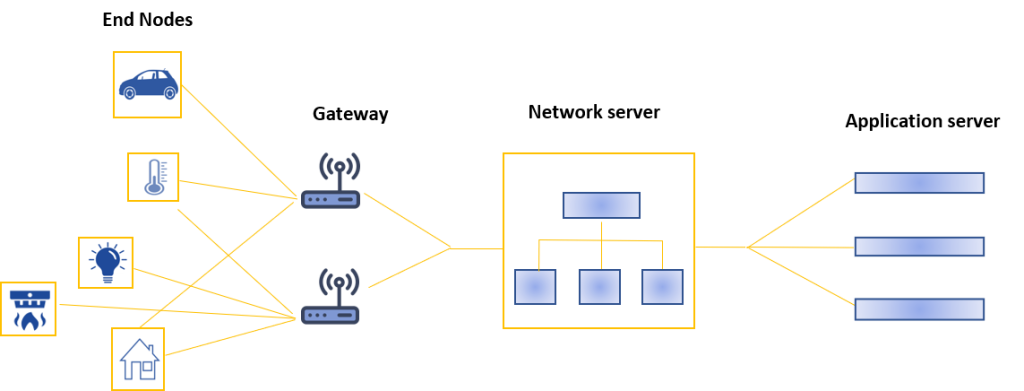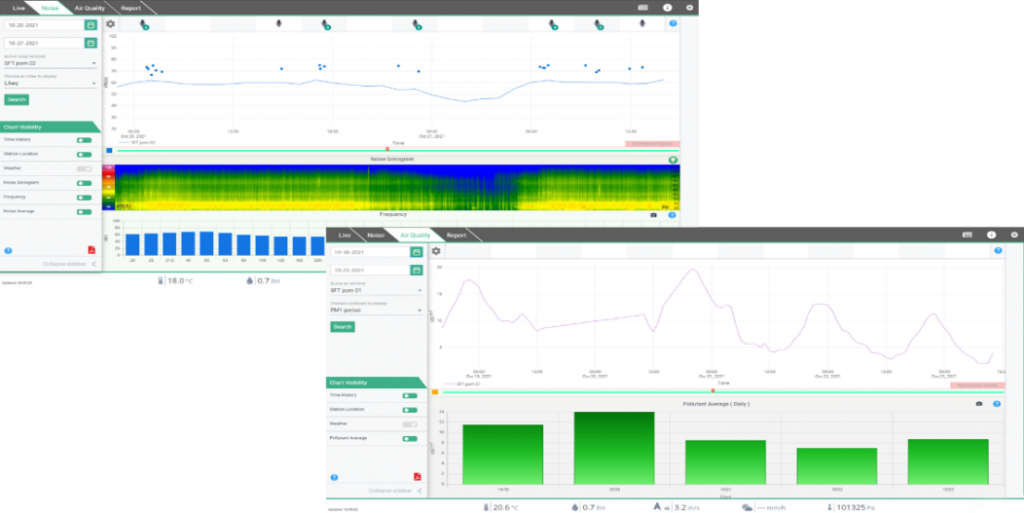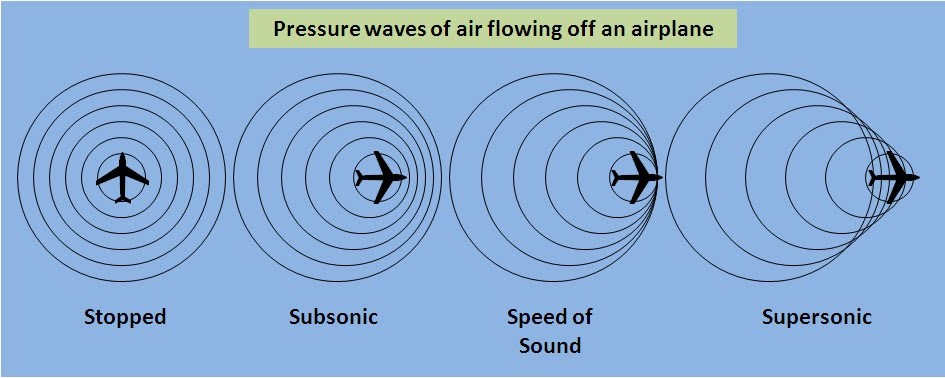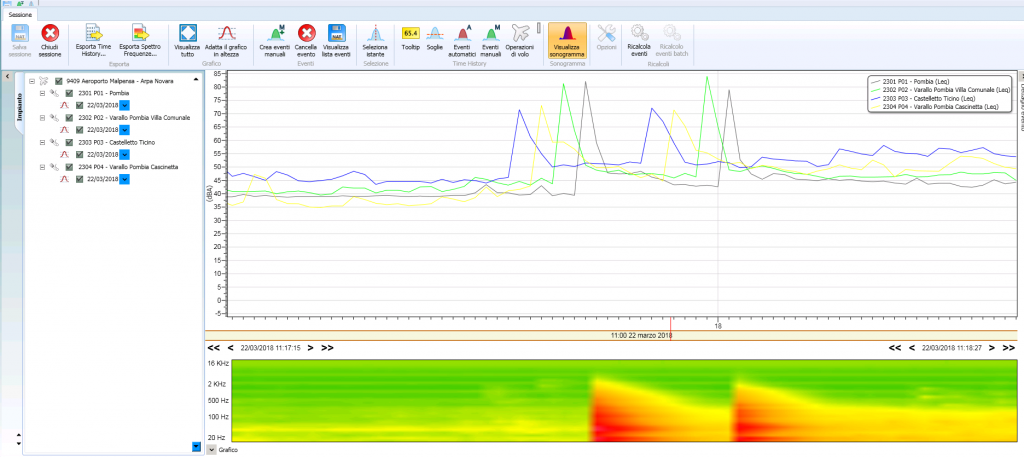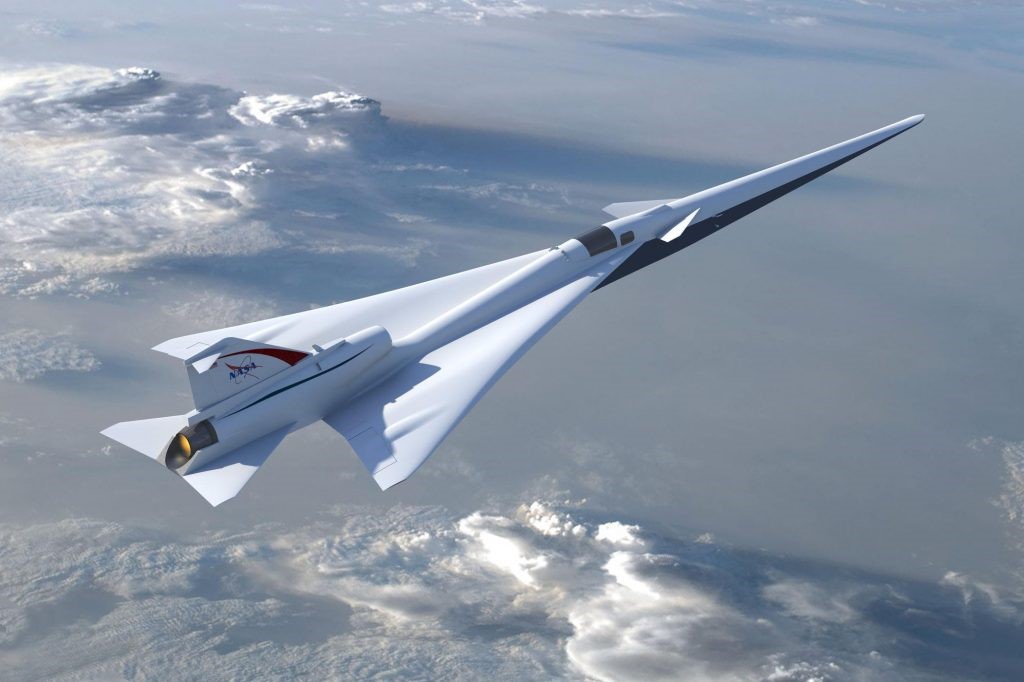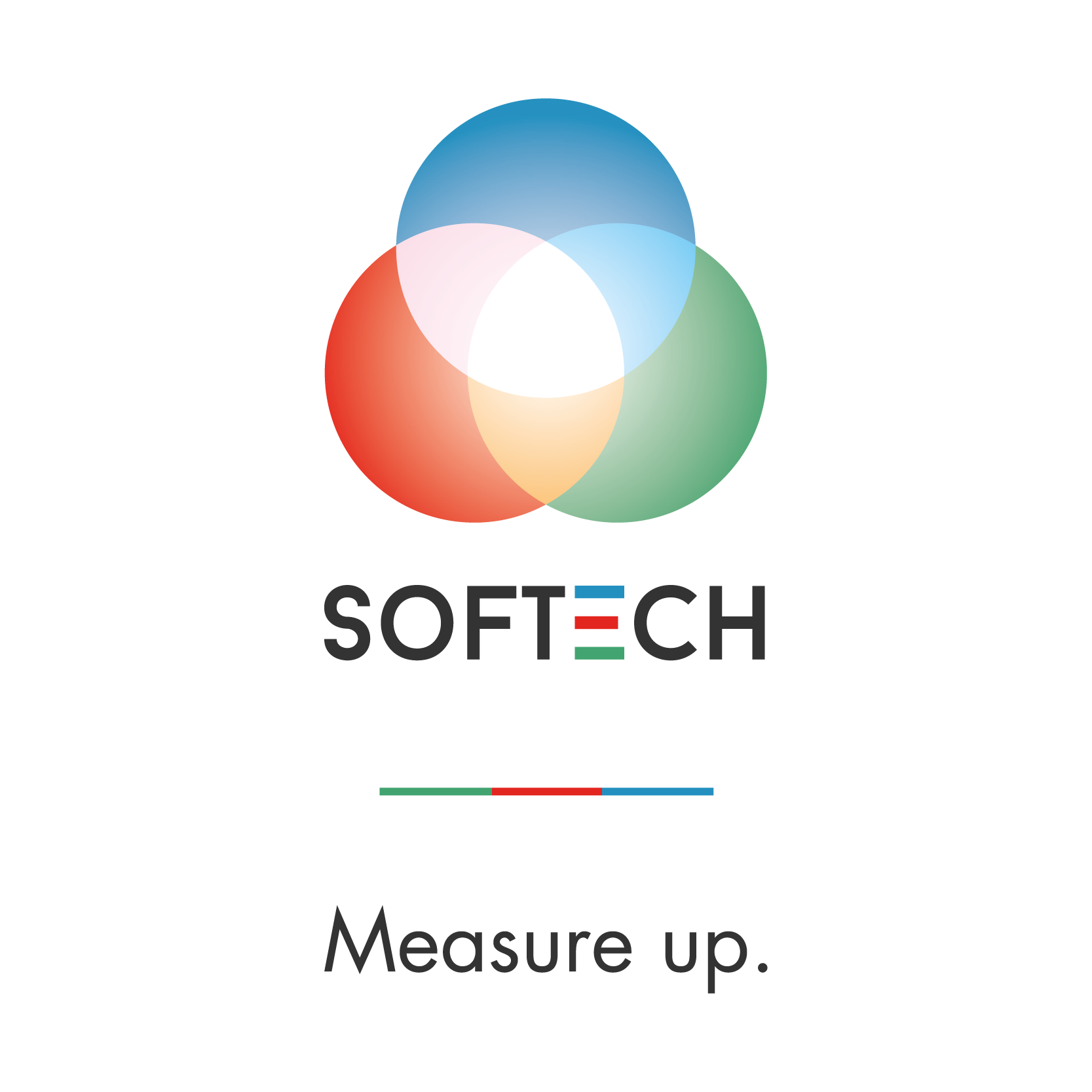In recent years, air traffic has undergone a quiet yet decisive technological evolution. One of the most significant innovations is the ADS-B system (Automatic Dependent Surveillance–Broadcast), now used worldwide to enhance aircraft surveillance both in the air and on the ground.

What Is ADS-B and Why Is It Essential for the Aviation Industry?
ADS-B (Automatic Dependent Surveillance–Broadcast) is a surveillance technology that allows aircraft to automatically broadcast their position, speed, altitude, and other flight data using GPS signals. Unlike traditional radar systems, which rely on ground-based equipment to detect and track aircraft, ADS-B enables real-time data sharing directly from the aircraft to air traffic controllers and other nearby equipped aircraft.
This system is “automatic” because it requires no pilot input, “dependent” because it relies on GPS data, and “broadcast” because it continuously transmits information without a specific request.
For airports and air traffic management, ADS-B represents a major step forward in terms of safety, efficiency, and situational awareness. It supports more precise flight tracking, reduces the risk of mid-air collisions, and optimizes airspace usage—even in remote or radar-limited regions.
As a result, ADS-B has become a cornerstone technology in the modernization of global air traffic surveillance systems.
Softech’s approach: leveraging SARA Ground for effective ground control
At Softech, we integrate ADS-B technology into our noise monitoring systems—and beyond. The integration of ADS-B allows us to accurately correlate flight tracks with detected acoustic data, ensuring reliable monitoring even in the absence of radar data or in situations where such data may be partial or outdated. This approach enables us to offer a continuous, accurate, and radar-independent monitoring system, increasing the overall reliability of the analysis.
In our SARA GROUND product, ADS-B technology is one of the main data sources used to precisely and continuously monitor aircraft movements on the ground. Thanks to data transmitted directly from aircraft, we can detect position, direction, and speed during taxiing, parking, and movements between gates, stands, and runways.
This information is displayed on an interactive map within the platform, allowing airport operators to continuously monitor movements, reduce the risk of interference or congestion, and optimize the use of airside infrastructure.
SARA GROUND also enables:
– Monitoring the usage percentage of each apron area, supporting Pavement Management Systems with real operational data;
– Real-time tracking and analysis of aircraft ground movements, helping improve safety;
– Operational optimization of ramp and runway areas;
– Improved safety and environmental efficiency, contributing to the reduction of time, fuel consumption, and emissions, in line with airport sustainability goals.
The integration of ADS-B with other data sources makes SARA GROUND a suitable solution for a wide range of airports, also from the perspective of sustainability and operational efficiency.
The module is already in use at several airports, where it is combined with specialized consultancy and provides detailed, accurate mapping of airside movements. It is also a strategic tool for airport operators aiming to ensure maximum operational and environmental transparency.
Towards a more integrated airport management
ADS-B is now a well-established technology that makes air transport safer, more transparent, and more efficient. For airport operators, integrating this data means creating value, optimizing processes, and addressing both environmental and operational challenges in the aviation sector.
By incorporating ADS-B into our systems, we provide our clients with advanced solutions to monitor ramp vehicles and GSE, enhance operational safety, and contribute to the reduction of emissions and operational costs.



